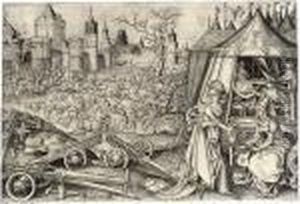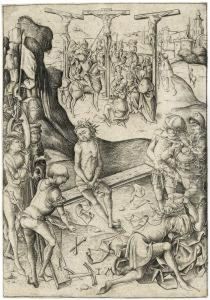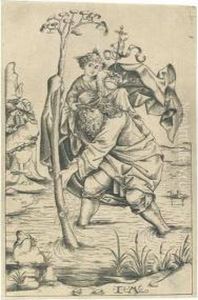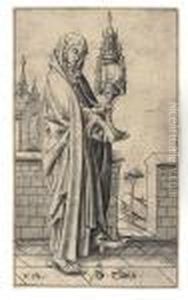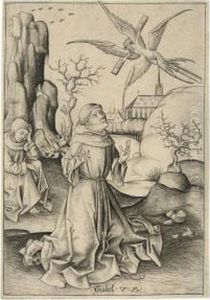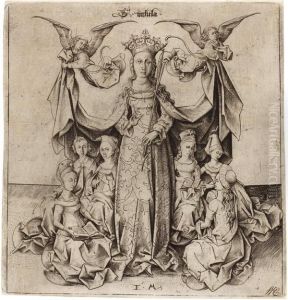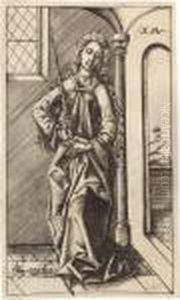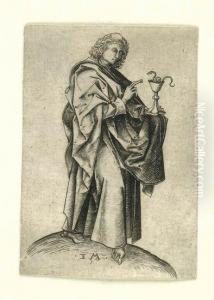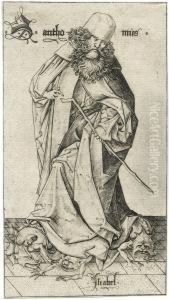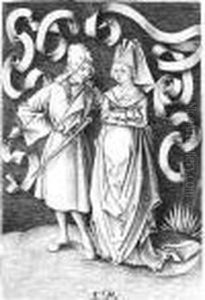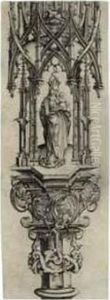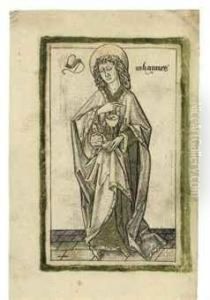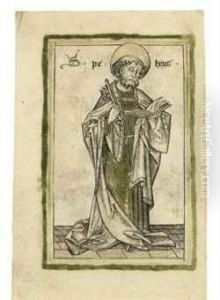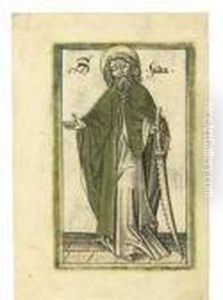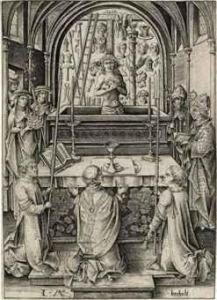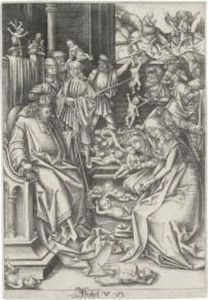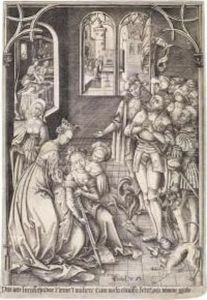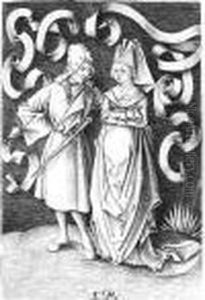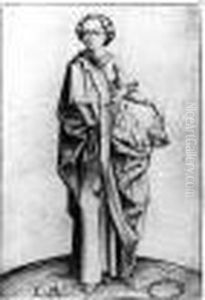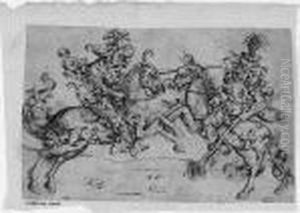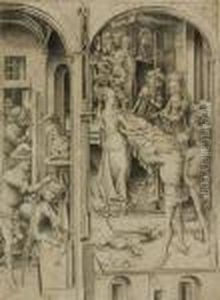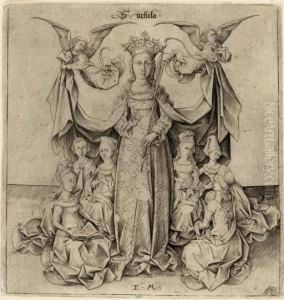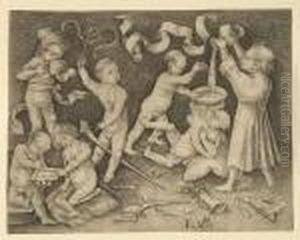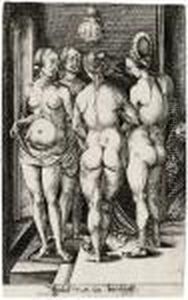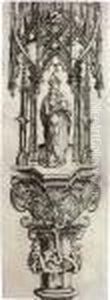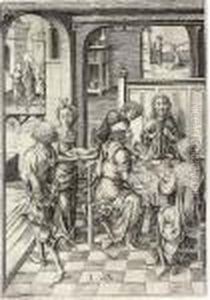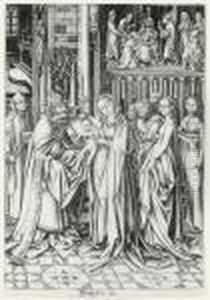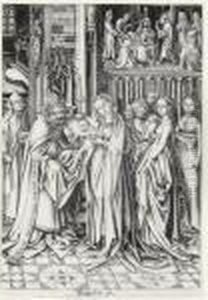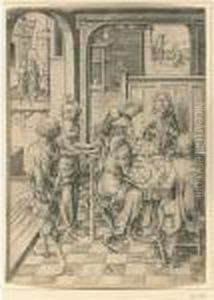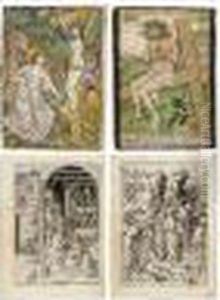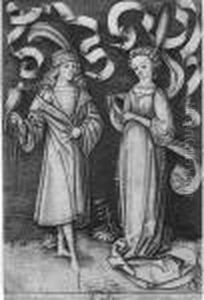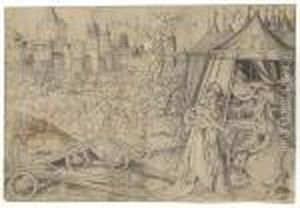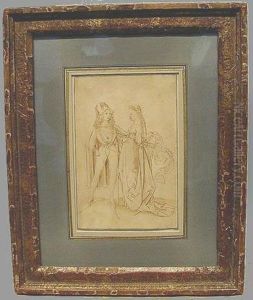Israhel Van Meckenem Paintings
Israhel Van Meckenem was a German printmaker and goldsmith active during the Northern Renaissance period. Born around 1445 in the town of Meckenheim, from which he took his name, he later moved to Bocholt, where he was primarily active. He is often regarded as one of the most prolific engravers of his time, with a body of work that includes over 600 plates, suggesting a highly successful workshop that he likely ran with his wife, Ida.
Van Meckenem's engravings cover a wide range of subjects, including religious scenes, portraits, and genre scenes of everyday life, reflecting the increasing demand for such images in the burgeoning art market of the time. His style is characterized by intricate detail and a fine technique, with a preference for complex, busy compositions and a narrative element that appealed to contemporary tastes.
He was influenced by the work of Master E.S. and Martin Schongauer, the leading engravers of the previous generation. However, Van Meckenem was not just an imitator; he developed his own style and contributed to the evolution of printmaking by experimenting with various techniques, such as stippling and cross-hatching, to achieve different tonal effects.
Israhel Van Meckenem played a significant role in the dissemination of the Renaissance style across Northern Europe. His prints served as a vehicle for the spread of new ideas and motifs, and they were collected and copied by artists and connoisseurs alike. Despite his importance, details about his life are relatively scarce, and he remains a less well-known figure outside of specialist circles compared to other artists of the era.
He continued to work until his death in 1503 in Bocholt. His legacy lies in his contribution to the art of engraving and his role in the cultural exchange between Italy and Northern Europe during the Renaissance. Van Meckenem's work provides valuable insights into the visual culture of his time and the early development of printmaking as a distinct art form.
